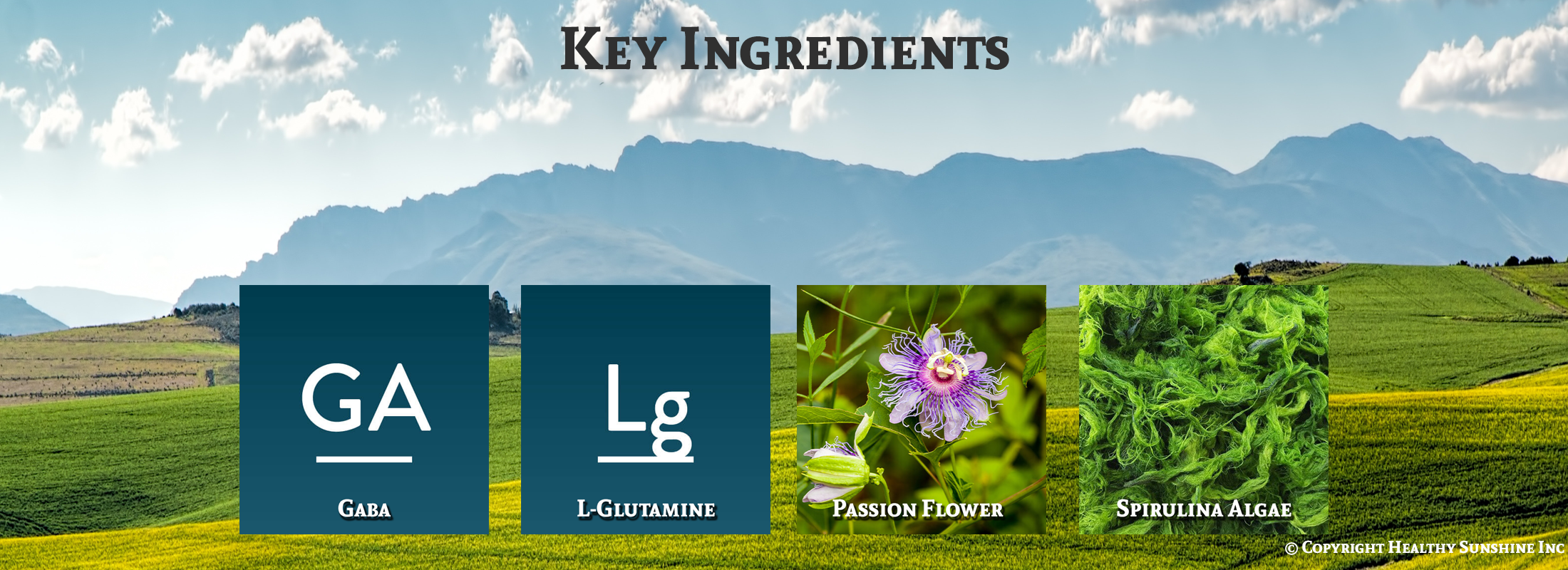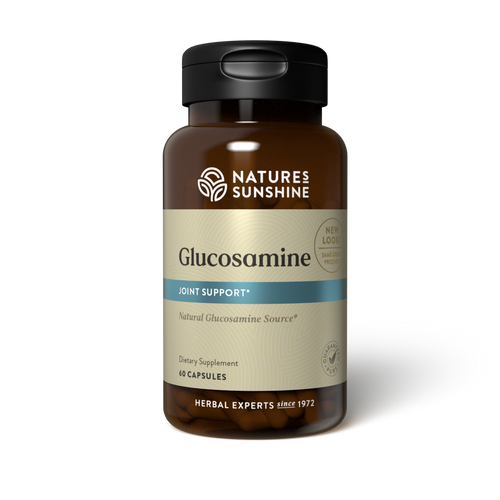Benefits:
- Supports brain and nerve metabolism.
- Normalizes nervous system function.
- Promotes a greater sense of relaxation and peace.
How It Works:
GABA (gamma-aminobutyric acid) is an amino acid that plays a role in neurotransmitter and brain activity. It affects the central nervous system by reducing the number of neurons firing in the brain, thus calming brain activity. This can benefit people with overstimulated nervous systems who find it difficult to relax or who have trouble focusing on one task.
Other ingredients in GABA Plus add to its effectiveness in relaxing the nervous system. Glutamine (an amino acid) is converted into glutamic acid (a precursor of GABA) in the brain. Glutamic acid serves as fuel for the brain and calms the central nervous system. Passionflower contains many phytonutrients that appear to exhibit a sedative effect on the nervous system. This herb has long been used to help balance this system and relieve stress. Taurine (an amino acid) has a protective effect on the brain, aids in the development of nerve tissue and helps stabilize cellular membranes. Spirulina algae is rich in a variety of nutrients. It builds the blood, supports brain function, boosts immunity and supports cholesterol and blood sugar levels already within the normal ranges.
Ingredients:
GABA, glutamine, passion flower aerial parts, taurine and spirulina.
Recommended Use:
Take 1-2 capsules with a meal twice daily.
NOTE: Consult your health care practitioner before using if you are pregnant, nursing or suffer from any medical condition, or are taking any prescription drug.
GABA was discovered by Eugene Roberts and Sam Frankel in 1950. They determined that GABA was produced in the brain and that it accumulates there. Their discovery was considered a huge milestone in determining how neurotransmitters regulate brain activity.
In 1883, German chemists Ernst Schulze and his colleague E. Bosshard were able to isolate glutamine from the juice of sugar beets. Later Schulze was the first to isolate l-arginine.
Passion flower was discovered by Spanish explorers in the 16th century. It was employed as both food and medicine by Native American tribes. Europeans who didn’t settle in the west took it back to their homelands.
In the 16th century, Spanish invaders discovered that the Aztecs were collecting spirulina from the blue lagoons and drying it into “cakes.” In 1940, the Kanembu people of Northern Africa were seen harvesting spirulina on the shores.

















